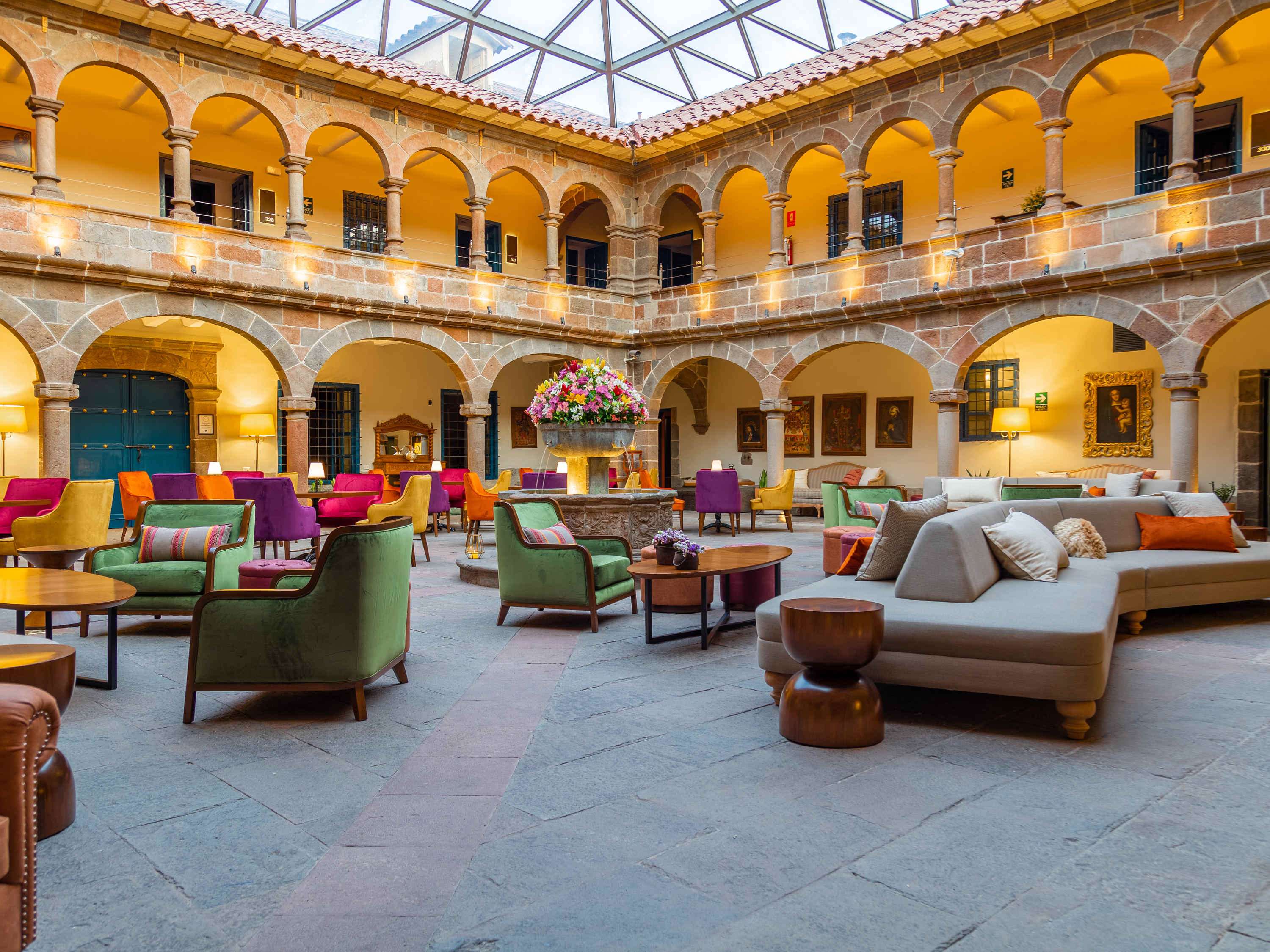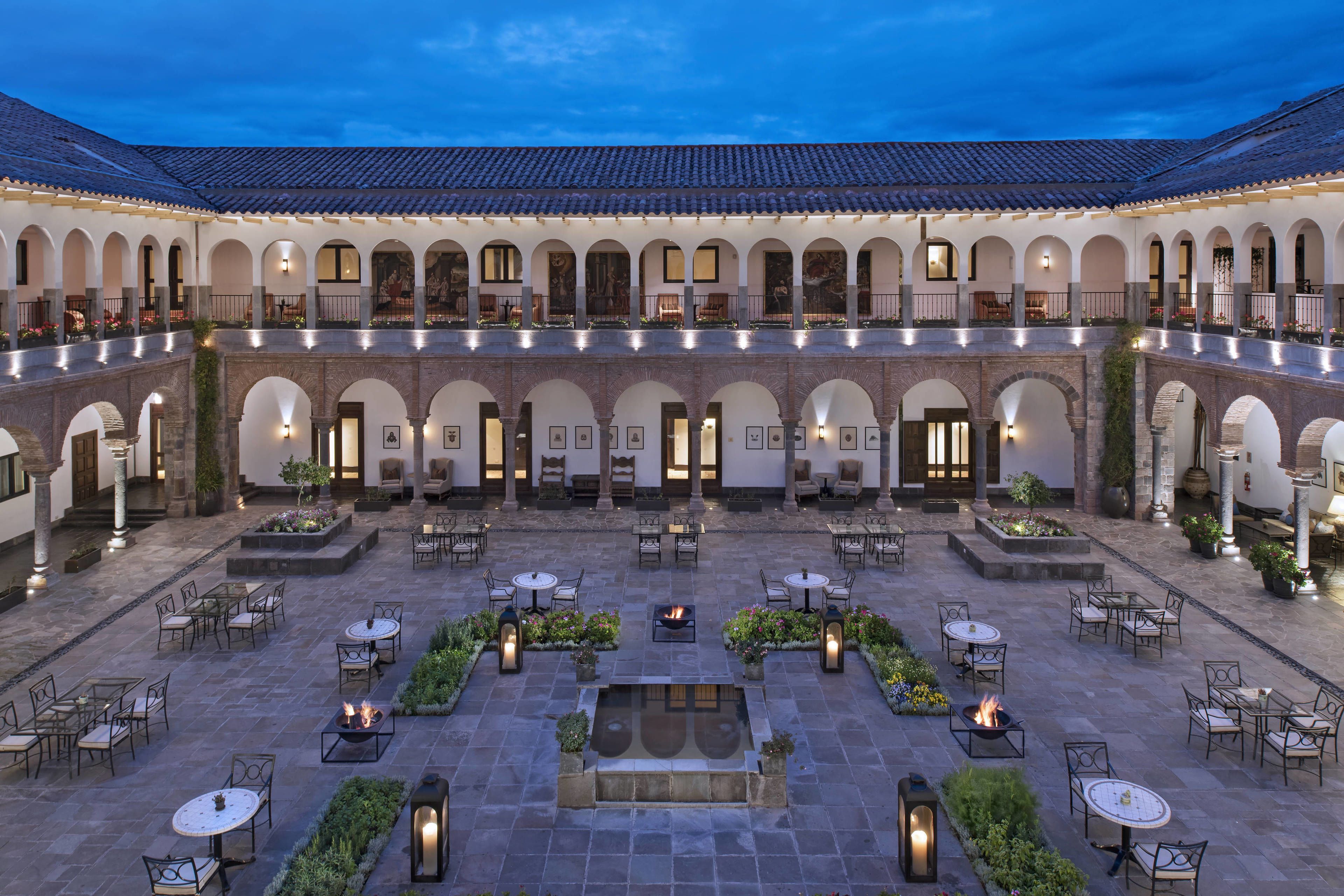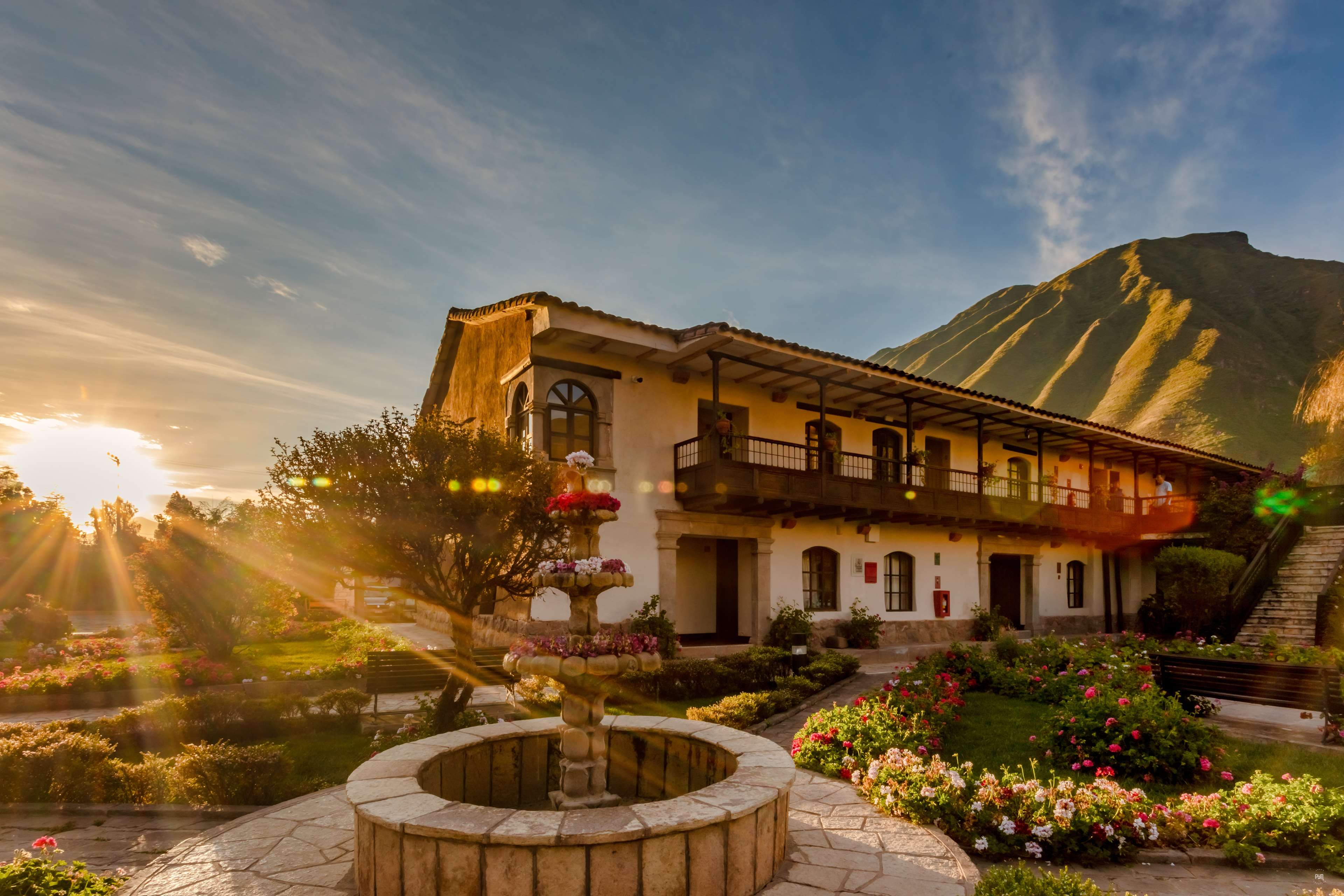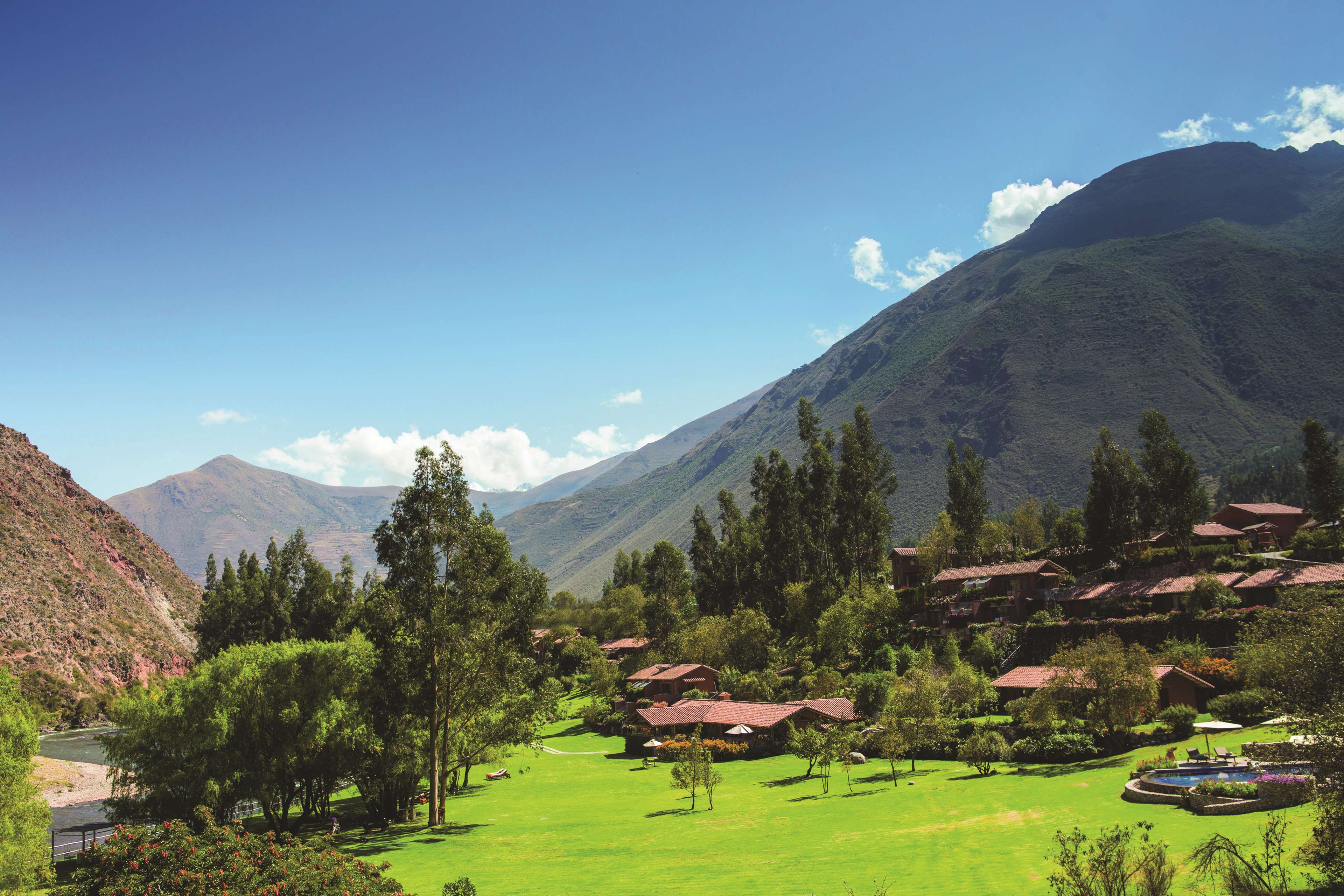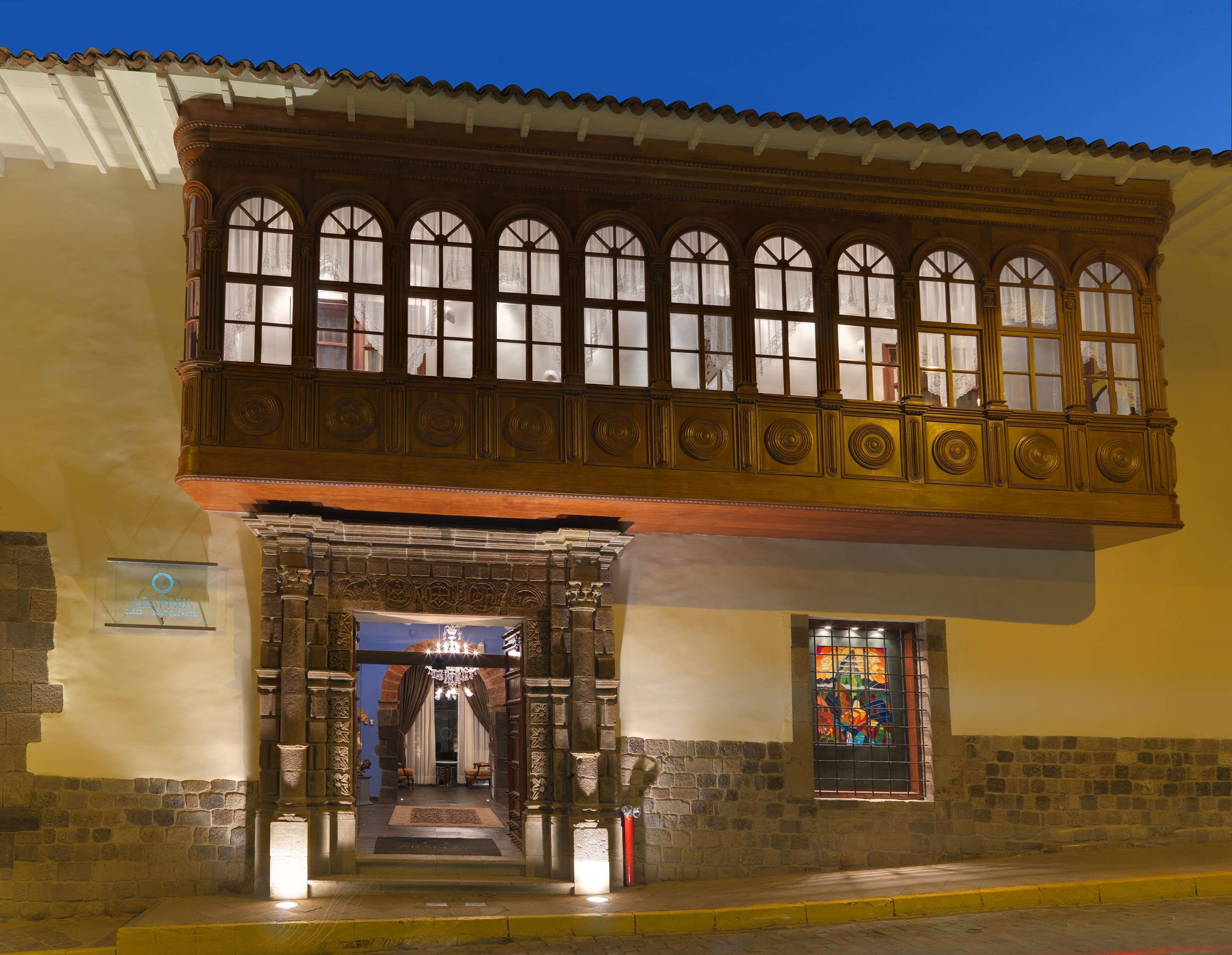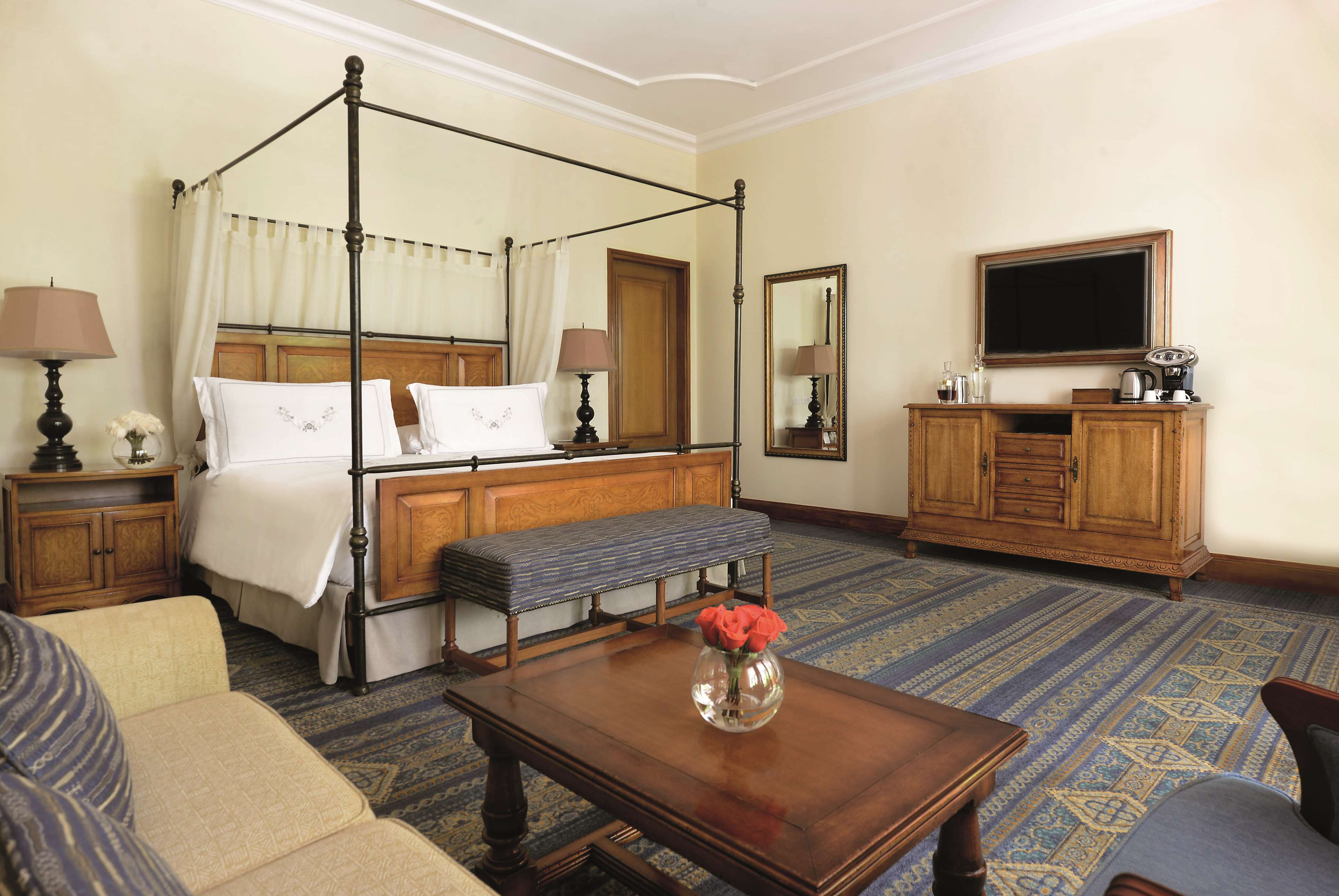Cusco
Nestled high in the Andes Mountains of Peru, Cusco is a city that exudes history, culture, and natural beauty. As the former capital of the Inca Empire and a UNESCO World Heritage Site, Cusco is a destination that seamlessly blends its rich indigenous heritage with colonial charm. Join us as we explore the captivating city of Cusco, often referred to as the "Navel of the World."

